Introduction

ESP32-H2: Features and Benefits
The ESP32-H2 integrates IEEE 802.15.4 and Bluetooth 5 (LE) into a single microcontroller, making it perfect for mesh networking. With a 32-bit RISC-V processor running at up to 96 MHz, it offers a balance of performance and energy efficiency.
Key Features
- Processor: Single-core 32-bit RISC-V (up to 96 MHz)
- Wireless: IEEE 802.15.4, Bluetooth 5 (LE)
- Memory: 320 KB SRAM, 128 KB ROM, 2 MB or 4 MB SiP Flash
- GPIOs: 19, with support for ADC, SPI, UART, I2C, and PWM
The ESP32-H2 is an excellent choice for low-power applications such as smart home devices and mesh networks.
ESP32-C3: Features and Benefits
The ESP32-C3 offers Wi-Fi 4 and Bluetooth 5 (LE), making it a versatile solution for IoT projects that require both connectivity standards. Its ultra-low power consumption ensures it can handle continuous communication efficiently.
Key Features
- Processor: Single-core 32-bit RISC-V
- Wireless: Wi-Fi 4 (802.11 b/g/n), Bluetooth 5 (LE)
- Memory: 320 KB SRAM, 128 KB ROM, 2 MB Flash
- GPIOs: 19
The ESP32-C3 is ideal for smart devices, wearables, and other IoT solutions that need reliable connectivity and power efficiency.
ESP32-C6: Features and Benefits
The ESP32-C6 is the first in the series to offer Wi-Fi 6 (802.11ax), providing faster speeds and better connectivity. It also supports Bluetooth 5 (LE), making it a powerful choice for secure IoT applications.
Addendum: The ESP32-C6 also supports IEEE 802.15.4.
Key Features
- Processor: Single-core 32-bit RISC-V
- Wireless: Wi-Fi 6, Bluetooth 5 (LE)
- Memory: 320 KB SRAM, 128 KB ROM, 2 MB Flash
- GPIOs: 19
With Wi-Fi 6 support, the ESP32-C6 is perfect for smart homes, industrial IoT systems, and projects requiring low-latency communication.
Key Differences Between ESP32-H2, ESP32-C3, and ESP32-C6
Comparison Table
Addendum: The ESP32-C6 also supports IEEE 802.15.4.| Feature | ESP32-H2 | ESP32-C3 | ESP32-C6 |
|
Connectivity |
IEEE 802.15.4, Bluetooth 5 (LE) |
Wi-Fi 4 (802.11 b/g/n), Bluetooth 5 (LE) |
Wi-Fi 6 (802.11ax), Bluetooth 5 (LE) |
|
Processor |
Single-core 32-bit RISC-V, up to 96 MHz |
Single-core 32-bit RISC-V |
Single-core 32-bit RISC-V |
| Memory | 320 KB SRAM, 128 KB ROM, 2 MB Flash (SiP) | 320 KB SRAM, 128 KB ROM, 2 MB Flash | 320 KB SRAM, 128 KB ROM, 2 MB Flash |
|
GPIOs |
19 GPIOs, ADC, SPI, UART, I2C, I2S, RMT, GDMA, LED PWM |
19 GPIOs, ADC, SPI, UART, I2C, I2S, RMT, GDMA, LED PWM |
19 GPIOs, ADC, SPI, UART, I2C, I2S, RMT, GDMA, LED PWM |
|
Power Consumption |
Low power consumption |
Ultra-low power consumption |
Low power consumption |
|
Special Features |
Enhanced security |
- |
Wi-Fi 6 support |
|
Use Cases |
Mesh networking, low power applications |
Wi-Fi and Bluetooth connectivity |
Applications requiring Wi-Fi 6 and Bluetooth 5 (LE) |
Connectivity
- ESP32-H2: Supports IEEE 802.15.4 and Bluetooth 5 (LE), ideal for mesh networking.
- ESP32-C3: Offers Wi-Fi 4 (802.11 b/g/n) and Bluetooth 5 (LE) for general IoT applications.
- ESP32-C6: Equipped with Wi-Fi 6 (802.11ax) and Bluetooth 5 (LE), ideal for high-speed IoT solutions.
Processor
- All three microcontrollers feature a 32-bit RISC-V processor, but their clock speeds and performance vary.
Memory
- Each model provides 320 KB of SRAM, 128 KB of ROM, and 2 MB Flash, ensuring reliable performance.
GPIOs
- All three SoCs offer 19 GPIOs with interfaces for ADC, SPI, UART, I2C, and PWM peripherals.
Power Consumption
- ESP32-H2: Designed for low power consumption with a focus on security.
- ESP32-C3: Known for ultra-low power usage, making it ideal for battery-powered devices.
- ESP32-C6: Also optimized for low power, despite supporting advanced Wi-Fi 6 connectivity.
Use Cases
- ESP32-H2: Best for mesh networks and energy-efficient smart home devices.
- ESP32-C3: Ideal for Wi-Fi and Bluetooth-enabled IoT projects like wearables and sensors.
- ESP32-C6: Perfect for high-performance applications requiring Wi-Fi 6 and Bluetooth 5 (LE).
Conclusion
The ESP32-H2, ESP32-C3, and ESP32-C6 cater to different connectivity needs and use cases:
- ESP32-H2: Best for mesh networking and energy-efficient devices.
- ESP32-C3: Great for general IoT projects requiring Wi-Fi and Bluetooth connectivity.
- ESP32-C6: Ideal for high-speed, low-latency IoT applications with Wi-Fi 6 support.
By understanding their unique strengths, developers can make informed decisions when selecting the right SoC for their specific IoT projects. If you need further assistance, feel free to reach out to us.
FAQs
What is the use of ESP32-C3?
The ESP32-C3 is a low-cost, low-power Wi-Fi and Bluetooth 5 (LE) microcontroller designed for a wide range of IoT applications, including smart home devices, wearables, and industrial automation, providing wireless connectivity and processing capabilities for these devices.
How many cores does ESP32-C3 have?
The ESP32-C3 has a single core. While other ESP32 chips may have dual or single-core Xtensa processors, the ESP32-C3 features a single-core RISC-V 32-bit processor.
Is ESP32-C3 5V tolerant?
Whether the ESP32-C3 is 5V tolerant is a complex question with some ambiguity. Officially, Espressif (the manufacturer) does not specify 5V tolerance in the ESP32-C3 datasheets. The absolute maximum voltage on any GPIO pin is usually stated as VDD + 0.3V (where VDD is the chip's operating voltage, typically 3.3V), meaning the maximum input voltage should ideally not exceed 3.6V.
How fast is ESP32-C6?
The ESP32-C6's speed is multifaceted and depends on what aspect you're considering. Processing-wise, it features a single-core 32-bit RISC-V processor, generally sufficient for many IoT tasks but not designed for computationally intensive applications.
Does ESP32-C6 support 5GHz Wi-Fi?
No, the ESP32-C6 does not support 5 GHz Wi-Fi. While it features Wi-Fi 6 (802.11ax), this implementation is limited to the 2.4 GHz band. It also supports 802.11b/g/n for backward compatibility, all of which operate on the 2.4 GHz frequency. Therefore, if your application requires 5 GHz Wi-Fi connectivity, you'll need to consider other options like the ESP32-C5, which supports both 2.4 GHz and 5 GHz Wi-Fi 6.

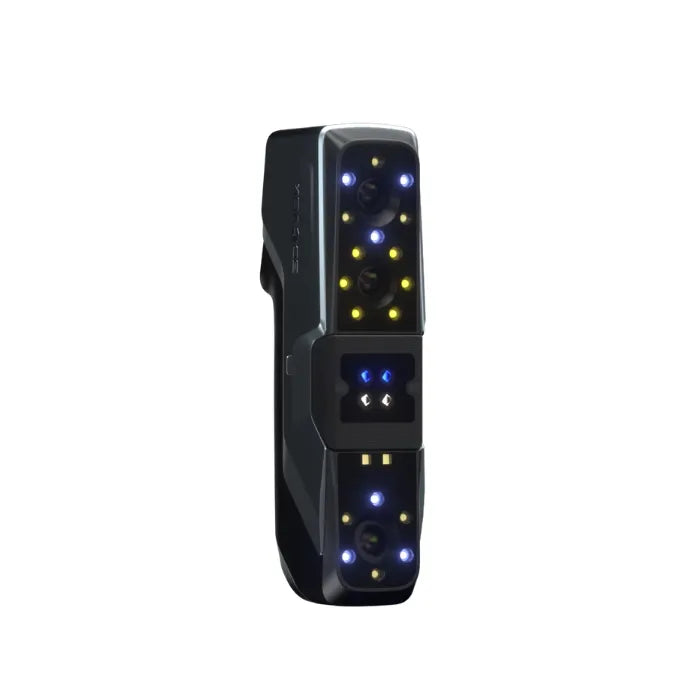


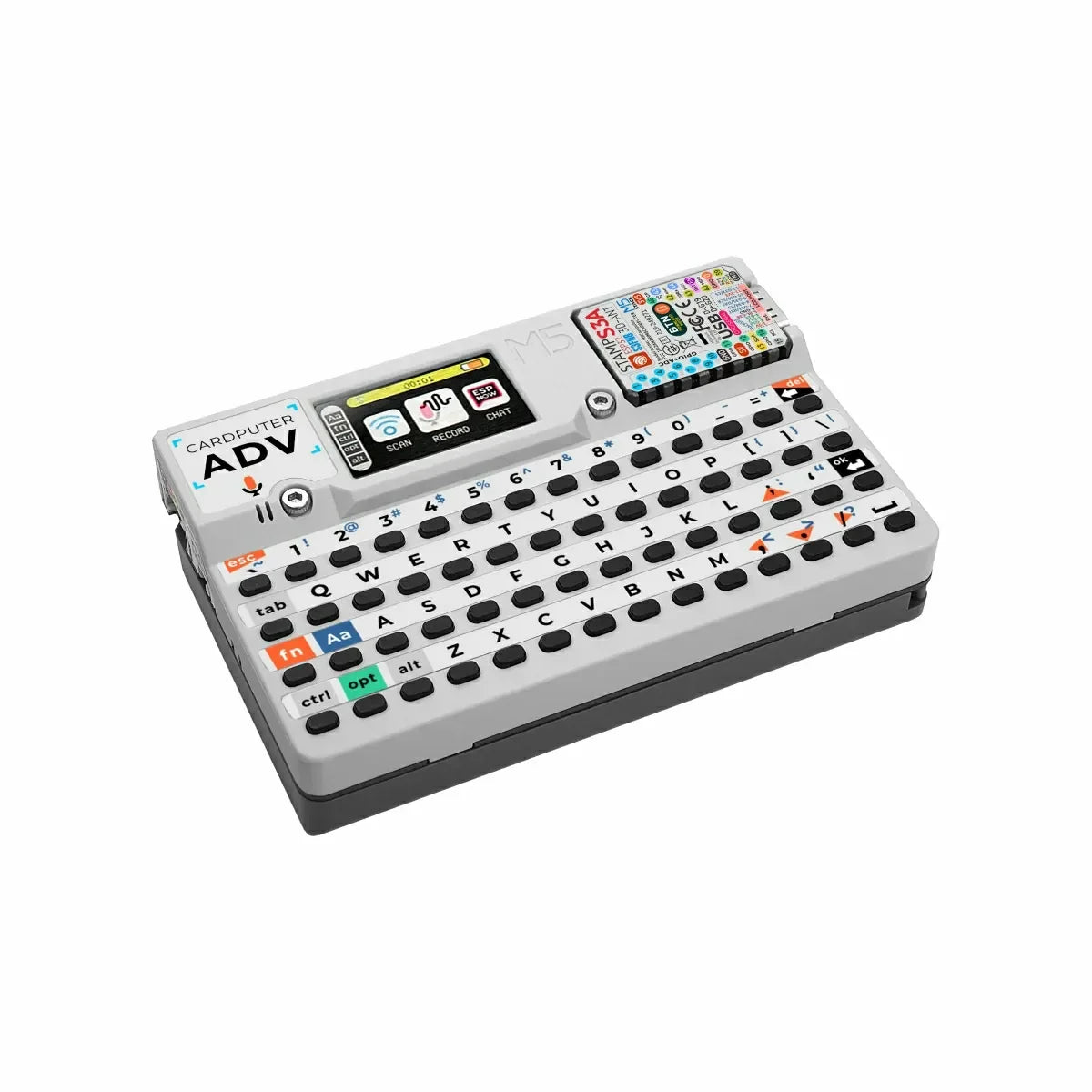
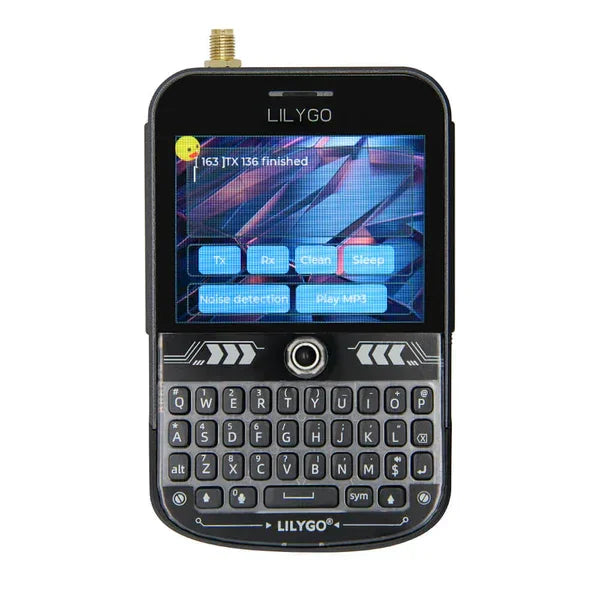





























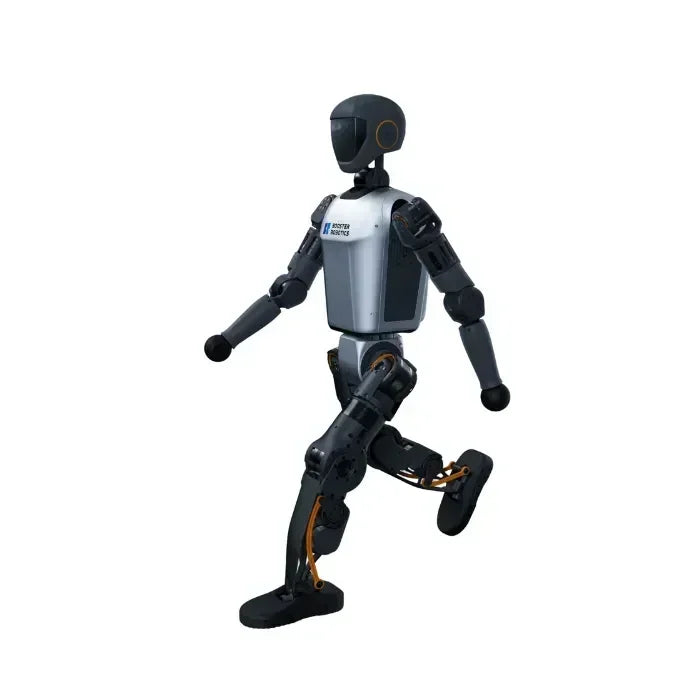









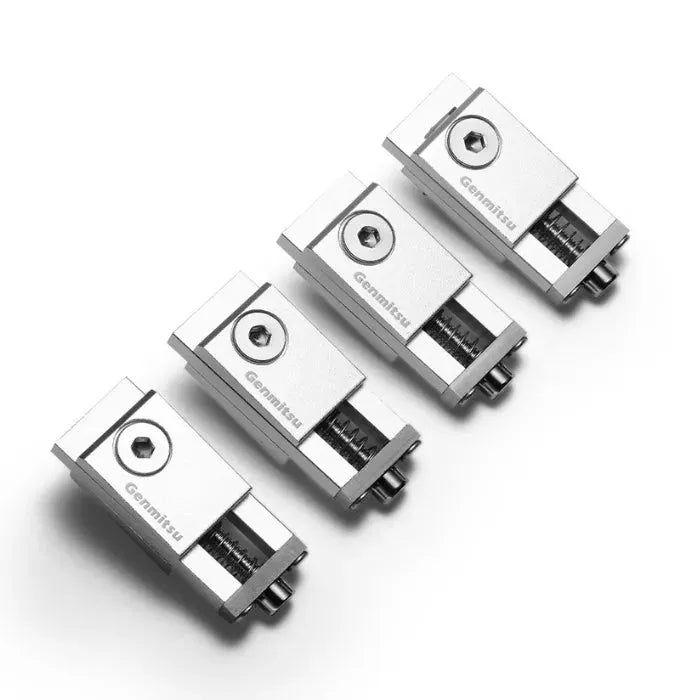










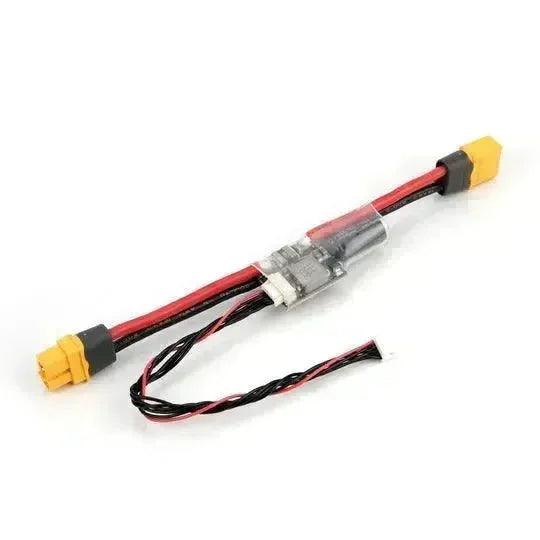









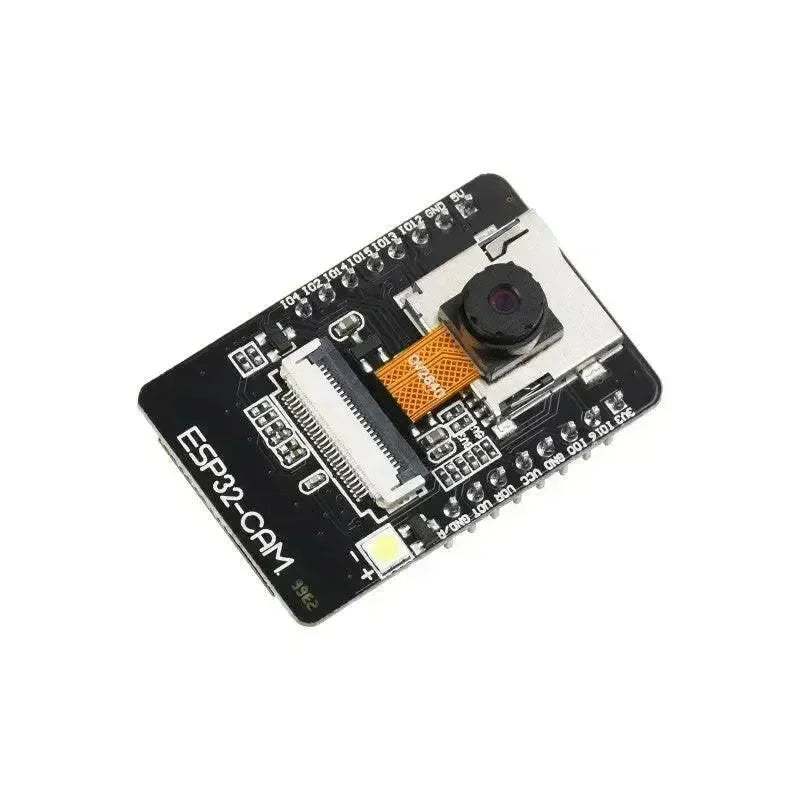




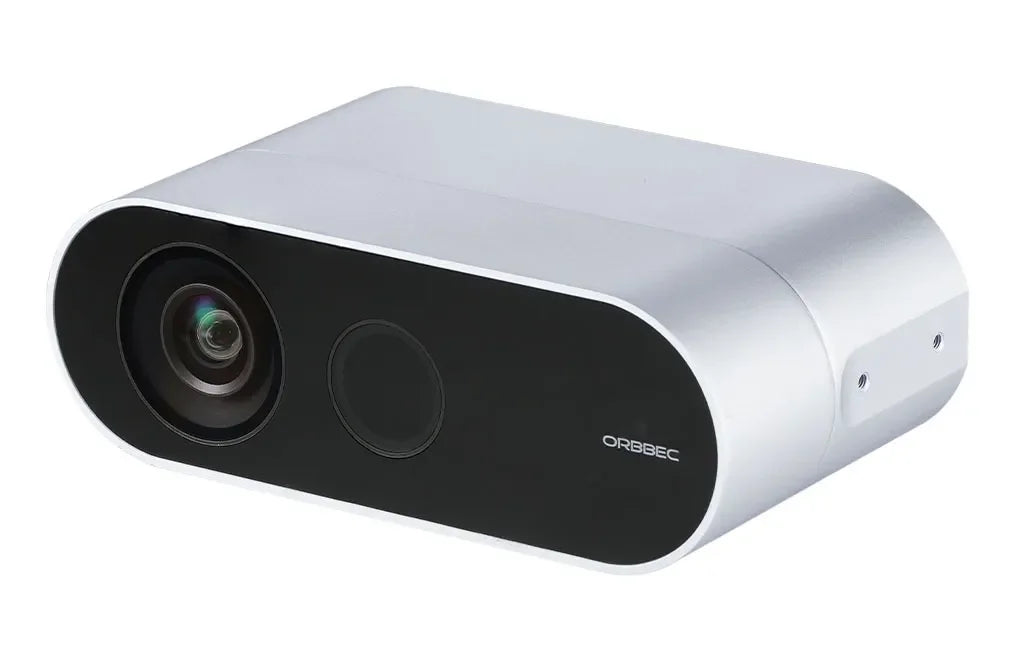









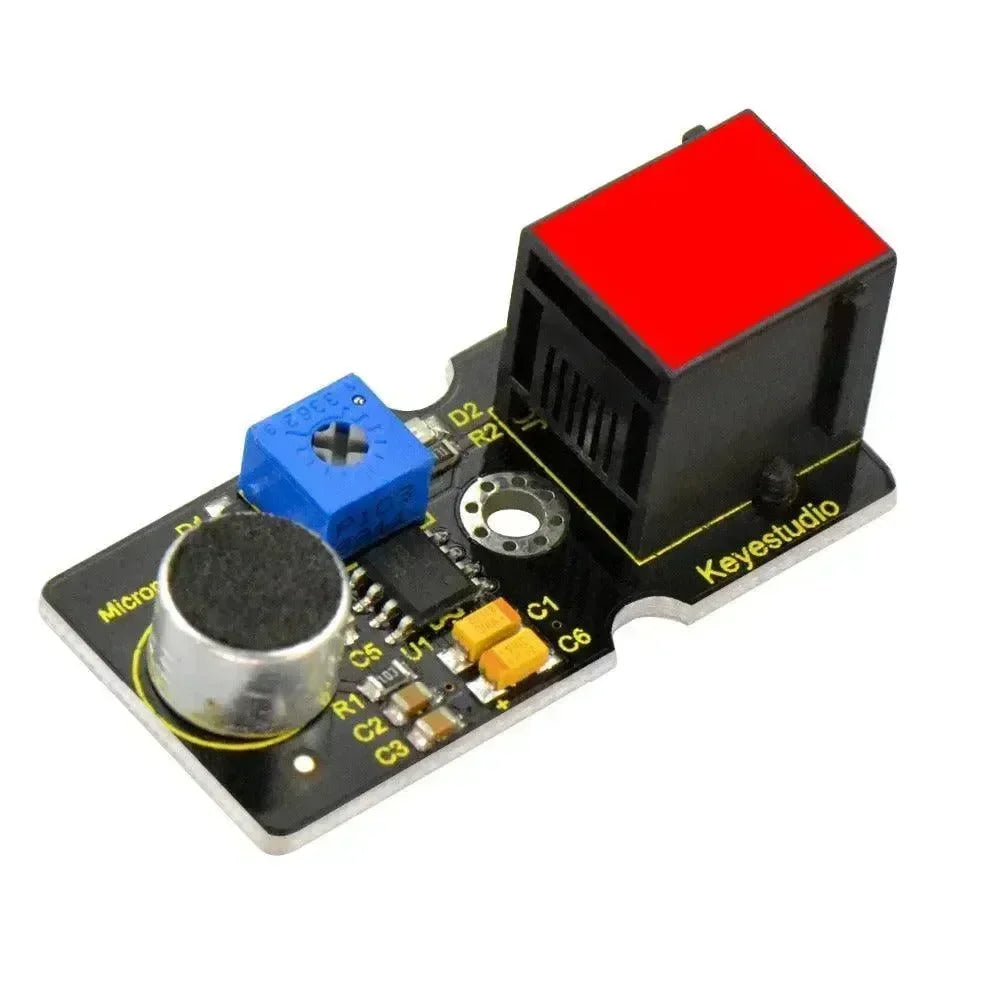


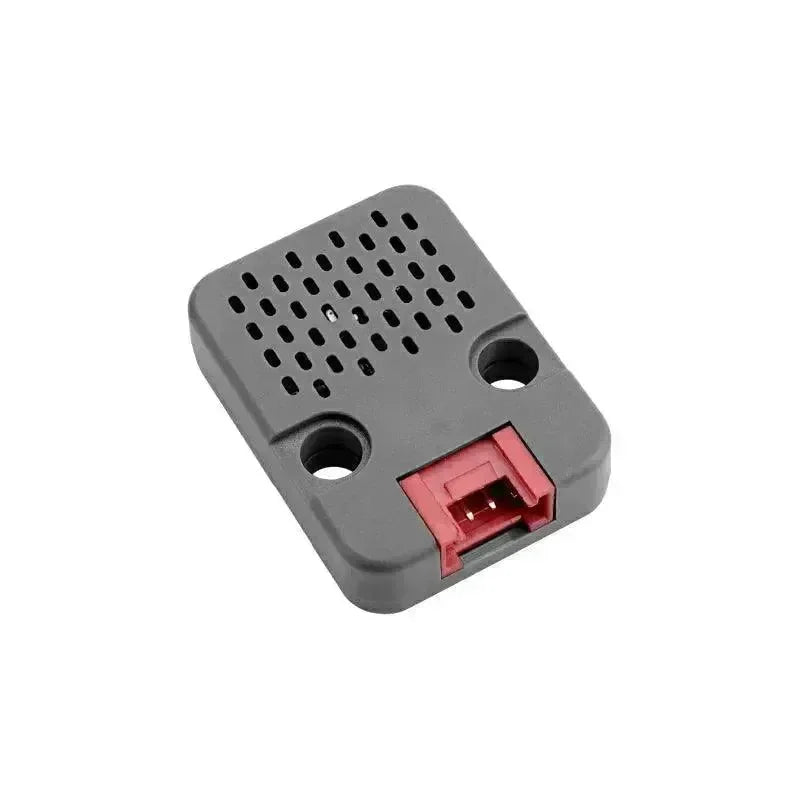










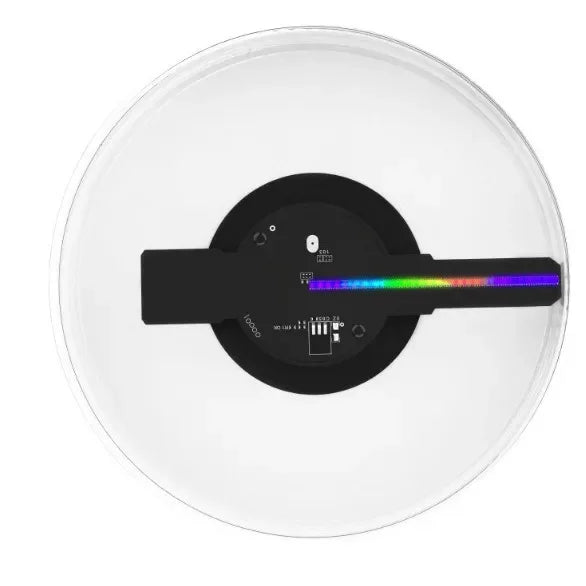


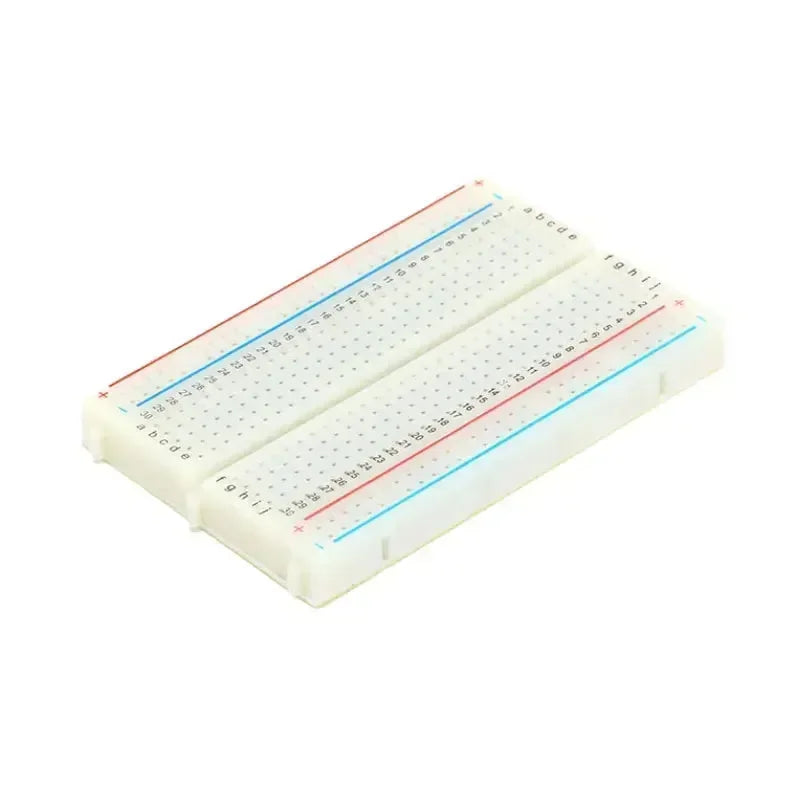


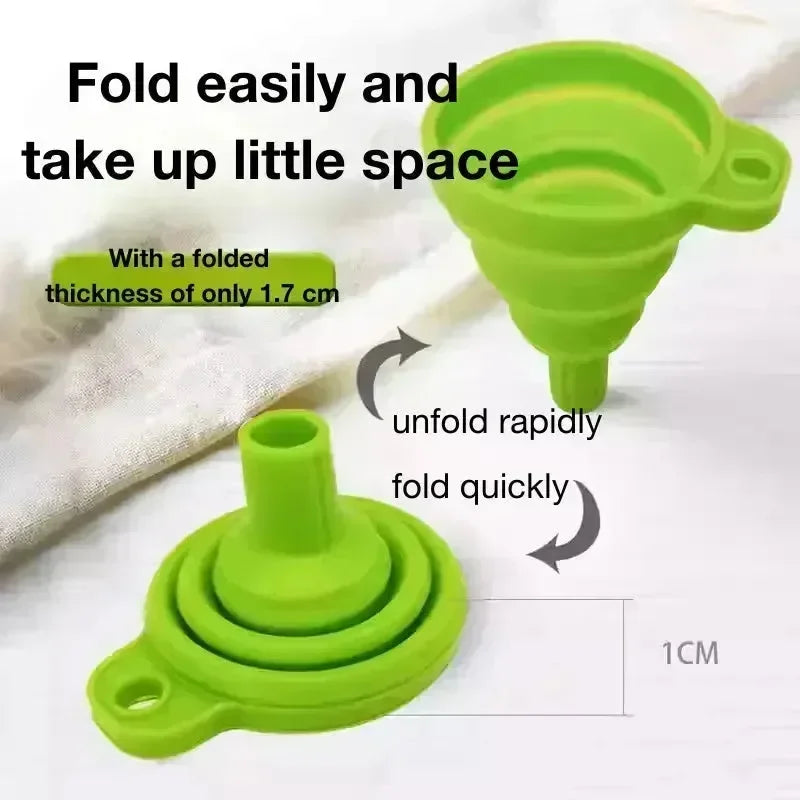






2 comments
OpenELAB
Thank you for your comment and suggestion! I appreciate the correction regarding the ESP32-C6 supporting IEEE 802.15.4.
Tomas
A slight correction is needed. The ESP32-C6 also support IEEE 802.15.4. I have written Matter over Thread code on the Seeed XIAO version of that board. https://www.espressif.com/en/products/socs/esp32-c6